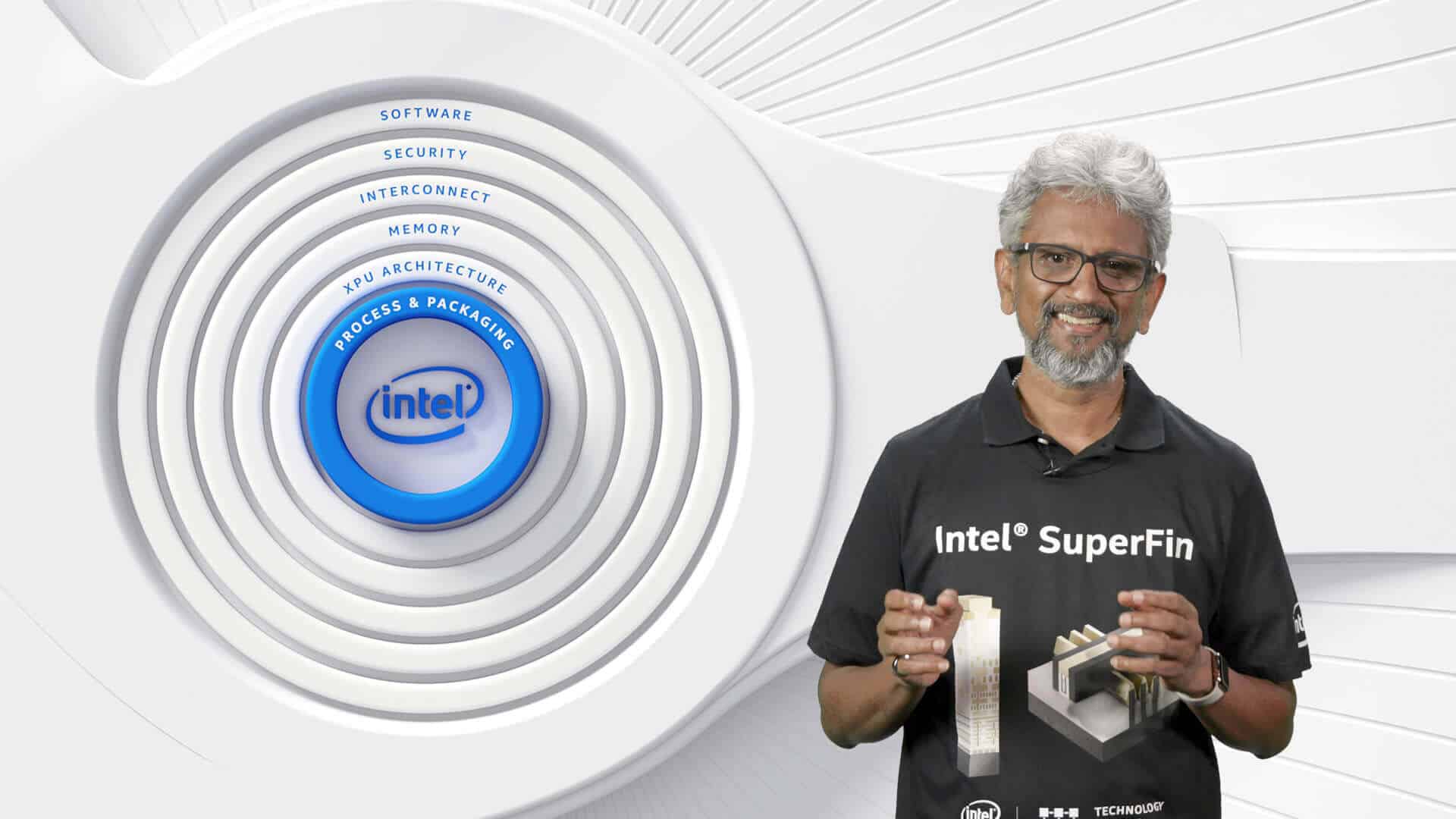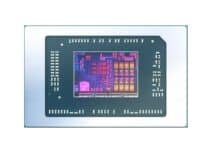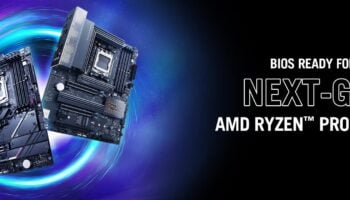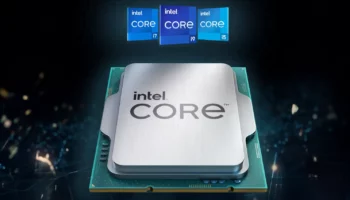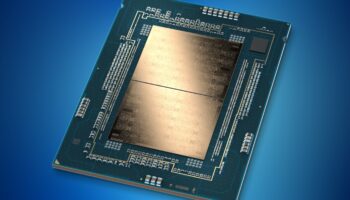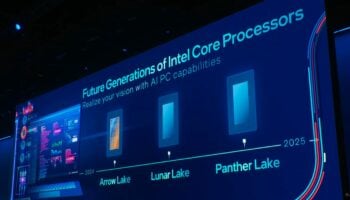Intel’s planning to launch the first generation of Xe-HPG graphics cards with the ARC brand name early next year. Codenamed Alchemist, the GPUs will be fabbed on TSMC’s N6 process node to reduce pressure on Intel’s internal foundries. This puts the chipmaker in the same position as NVIDIA and AMD concerning the supply chain equation. Furthermore, it’ll also be partnering with several OEMs to improve the market reach and distribution of its gaming graphics cards.
Update: Looks like Koduri didn’t say anything of the sort. I repeat Intel hasn’t announced any of its OEM partners for the ARC lineup.
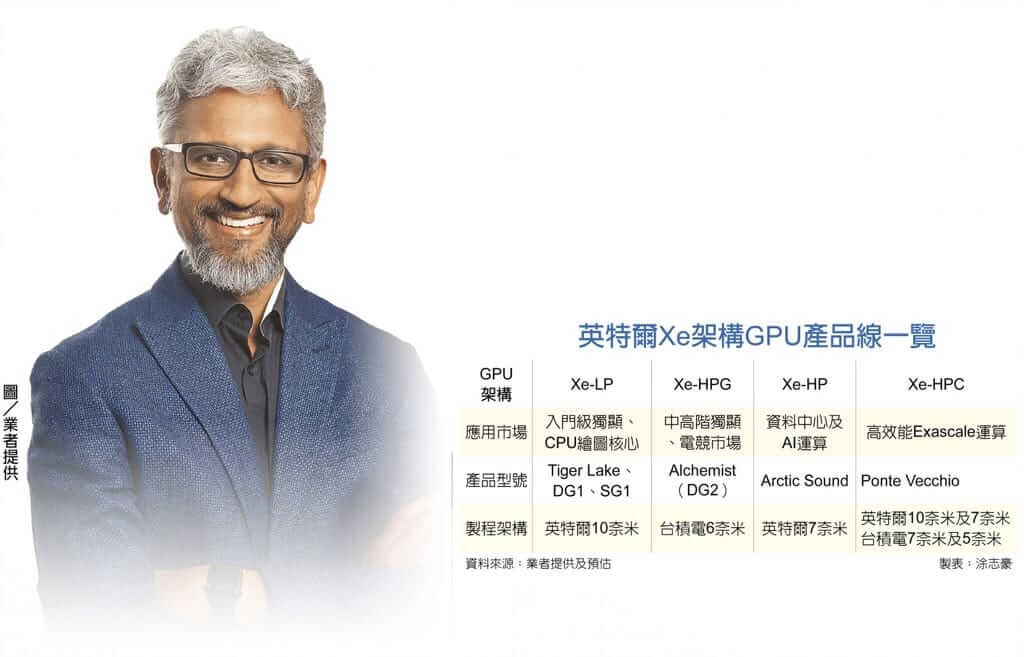
At the Intel Asia Pacific Roundtable, Intel Chief Architect Raja Koduri responded to a question from the press on the matter. Stating that its high-performance discrete graphics is a new business compared to existing Intel product lines, he explained that there will be a great emphasis on cooperation with global OEMs.
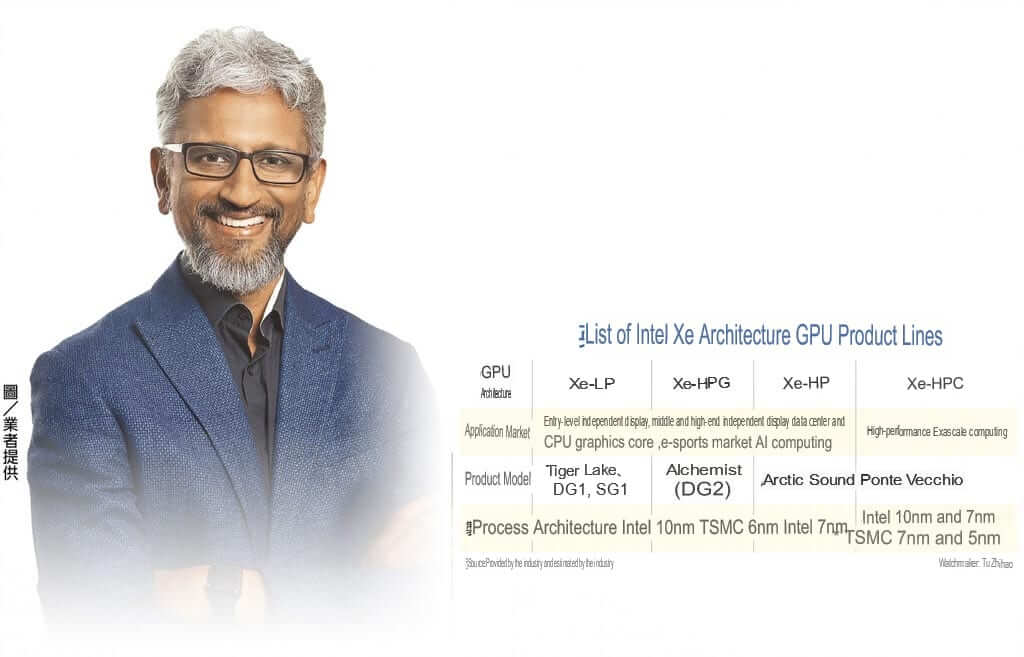
For the time being, Intel has partnered with several Asian OEMs including ASUS, MSI and Gigabyte to launch the first generation of its ARC graphics cards. These are just some of the chipmakers new partners in the GPU market, and we should see a few more closer to launch.
| SKU 1 | SKU 2 | SKU 3 | SKU 4 | SKU 5 | |
| Package Type | BGA2660 | BGA2660 | BGA2660 | BGA1379 | BGA1379 |
| Supported Memory Technology | GDDR6 | GDDR6 | GDDR6 | GDDR6 | GDDR6 |
| Memory speed | 16 Gbps | 16 Gbps | 16 Gbps | 16 Gbps | 16 Gbps |
| Interface / Bus | 256-bit | 192-bit | 128-bit | 64-bit | 64-bit |
| Memory Size (Max) | 16 GB | 12 GB | 8 GB | 4 GB | 4 GB |
| Smart Cache Size | 16 MB | 16 MB | 8 MB | 4MB* | 4MB* |
| Graphics Execution Units (EUs) | 512 | 384 | 256 | 196 | 128 |
| Shaders | 4096 | 3072 | 2048 | 1024 | 768 |
| Graphics Frequency (High) Mobile | 1.1 GHz | 600 MHz | 450 MHz | TBC | TBC |
| Graphics Frequency (Turbo) Mobile | 1.8 GHz | 1.8 GHz | 1.4 GHz | TBC | TBC |
| TDP Mobile (Chip Only) | 100 | 100 | 100 | TBC | TBC |
| TDP Desktop | TBC | TBC | TBC | TBC | TBC |
From what we know, the Alchemist GPUs will compete in the budget and upper midrange graphics card markets, trading blows with the likes of the GeForce RTX 3070 and Radeon RX 6700 XT. Equipped with the XeSS upscaling technology and an experienced team (former AMD and NVIDIA veterans), Intel has a fair chance of establishing itself in the GPU market.
